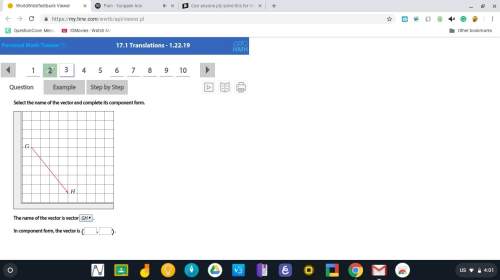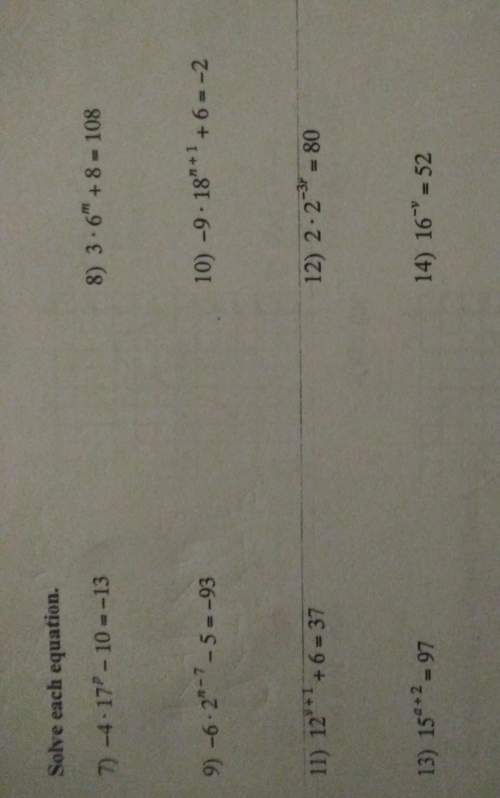
Mathematics, 06.05.2020 01:47, andybiersack154
1. Use Stokes’ Theorem to evaluate ∬ curF⃗ ∙ dS⃗ S where F⃗ = x 3 i⃗ + (4y − z 3y 3 )j⃗ + 2xk⃗⃗ and S is the portion of z = x 2 + y 2 − 3 below z = 1 with orientation in the negative z-axis direction. 2. Use Stokes’ Theorem to evaluate ∬ curF⃗ ∙ dS⃗ S where F⃗ = 2yi⃗ + 3xj⃗ + (z − x)k⃗⃗ and S is the portion of y = 11 − 3x 2 − 3z 2 in front of y = 5 with orientation in the positive y-axis direction. 3. Use Stokes’ Theorem to evaluate ∫ F⃗ ∙ dr⃗ C where F⃗ = (zx 3 − 3z)i⃗ + xzj⃗ + yxk⃗⃗ and C is the triangle with vertices (0,0,4), (0,2,0), and (2,0,0). C has the orientation seen in the sketch below.

Answers: 2
Other questions on the subject: Mathematics

Mathematics, 21.06.2019 21:00, kitttimothy55
Julie buys 2kg of apples and 7kg of pears ? 12.70. the pears cost ? 1.30 per kilogram what is the price per kilogram of the apples? show your working out
Answers: 2

Mathematics, 21.06.2019 22:30, alvaradorosana05
Shannon drove for 540 minutes. if she traveled 65 miles per hour, how many total miles did she travel?
Answers: 2

Mathematics, 21.06.2019 23:10, kleighlamb4850
Which best describes the function on the graph? direct variation; k = −2 direct variation; k = -1/2 inverse variation; k = −2 inverse variation; k = -1/2
Answers: 2

Do you know the correct answer?
1. Use Stokes’ Theorem to evaluate ∬ curF⃗ ∙ dS⃗ S where F⃗ = x 3 i⃗ + (4y − z 3y 3 )j⃗ + 2xk⃗⃗ and...
Questions in other subjects:




Computers and Technology, 21.05.2020 22:02

History, 21.05.2020 22:02



Chemistry, 21.05.2020 22:02










